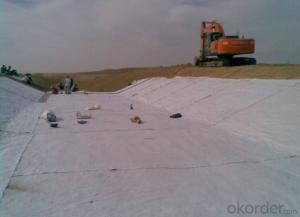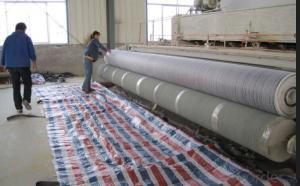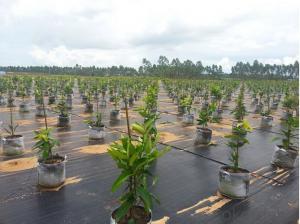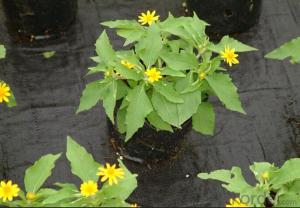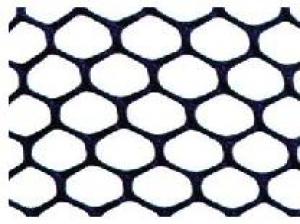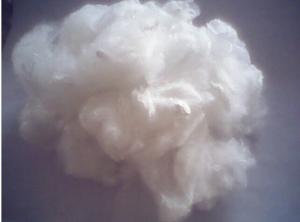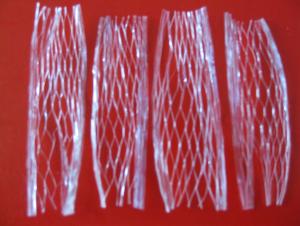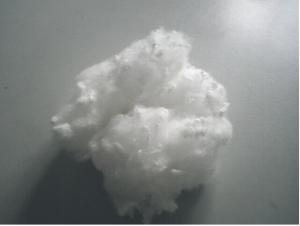Bentonite Geosynthetic Clay Liner (GCL) /Lake Hydraulic Barriers
- Loading Port:
- Qingdao
- Payment Terms:
- TT OR LC
- Min Order Qty:
- 5000 m²
- Supply Capability:
- 100000 m²/month
OKorder Service Pledge
OKorder Financial Service
You Might Also Like
Bentonite Geosynthetic Clay Liner (GCL)
Introduction:
Mass per unit ≥ 4000g / m²
Width: 4-6 m
size: 5.8 x 30m , or customized
bentonite sandwiched between two layers of geotextile
Features:
1) compacted with clay liner, it has the advantages of
small size, light weight, good flexibility and compactibility
2) easy for construction and suitable for uneven settlement.
3) not affected by temperature
4) permanent waterproofness
5) eco-friendly
Applications:
Landfill sealing
Liquid containment
Secondary containment
Mining
GCL Technical Index
Item | Specification | ||||
GCL-NP | GCL-OF | GCL-AH | |||
Mass per unit g/m2 | ≥ 4000 (not less than the specified value) | ≥ 4000 (not less than the specified value) | ≥ 4000 (not less than the specified value) | ||
GCL expansion index ml/2g | ≥24 | ≥24 | ≥24 | ||
Blue absorption power g/100g | ≥ 30 | ≥ 30 | ≥ 30 | ||
Tensile Strength N/ 100mm | ≥ 600 | ≥ 700 | ≥ 600 | ||
Elongation at maximum load % | ≥ 10 | ≥ 10 | ≥ 8 | ||
Peel strength N / 100mm | Nonwoven geotextile and woven geotextile | ≥ 40 | ≥ 40 | - | |
PE geommebrane and nonwoven geotextile | - | ≥ 30 | - | ||
Permeability coefficient m/s | ≤ 5.0x10-11 | ≤ 5.0x10-12 | ≤ 1.0x10-12 | ||
Hydrostatic pressure resistant | 0.4 Mpa , 1h, no leakage | 0.6 Mpa ,1h,no leakage | 0.6Mpa ,1h, no leakage | ||
Filter loss ml | ≤ 18 | ≤ 18 | ≤ 18 | ||
Durability of bentonite ml/ 2g | ≥ 20 | ≥ 20 | |||
FAQ:
How many quantity for one 20'' container?
About 5,000m2, 16rolls
What's your delivery time?
About 15-20days against deposit received
. What's your package?
Per roll with two pieces woven bag
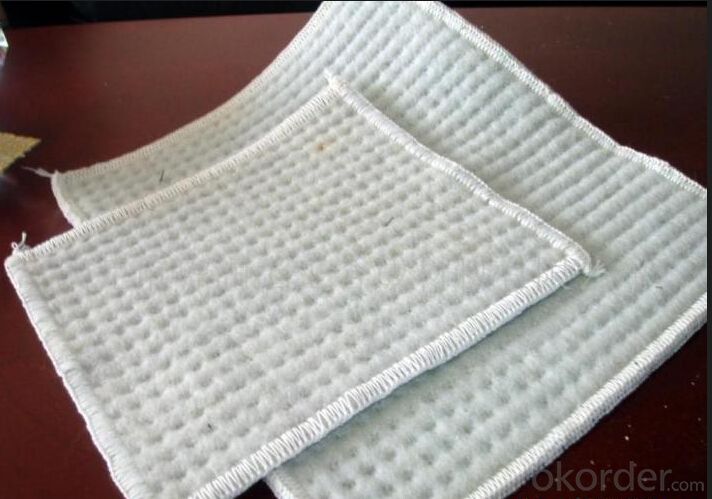
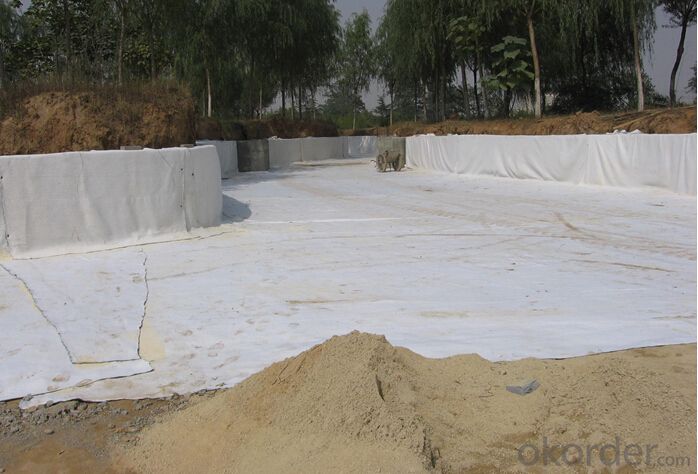
- Q:What are the different surface textures available in earthwork products?
- Some of the different surface textures available in earthwork products include smooth, rough, textured, and patterned. These textures can be achieved through various techniques such as grinding, brushing, or stamping, and they can add visual interest and enhance the overall aesthetic of the product.
- Q:What are the specific applications of geogrids in earthwork projects?
- Geogrids have various specific applications in earthwork projects, including soil stabilization, reinforcement of retaining walls, and erosion control. They are commonly used to improve the strength and stability of soil, preventing slope failures and reducing settlement. Geogrids also provide a cost-effective solution for constructing retaining walls by increasing the load-bearing capacity of the soil. Additionally, they can be used in erosion control measures, such as reinforcing slopes or embankments to prevent soil erosion and maintain the integrity of the project.
- Q:How are geosynthetic materials used in railway track stabilization?
- Geosynthetic materials are used in railway track stabilization to enhance the strength, stability, and longevity of the tracks. They are typically installed beneath the ballast layer to provide reinforcement and prevent excessive deformation or settlement. Geosynthetics, such as geotextiles or geogrids, distribute the load more evenly, reduce lateral movement, and improve drainage, thereby improving the overall performance and safety of railway tracks.
- Q:What are the structural forms of common buildings?
- Steel structure: beams, columns, floor are steel, 'wall by the thin metal plate filled with light insulation material composition. So light quality, can be built super high-rise buildings.
- Q:What is the purpose of using geonets in wastewater treatment systems?
- The purpose of using geonets in wastewater treatment systems is to provide structural support and enhance filtration efficiency. Geonets help to distribute the load and reinforce the soil, preventing erosion and maintaining the stability of the treatment system. Additionally, they improve the filtration process by increasing the contact area between the wastewater and the treatment media, allowing for more effective removal of pollutants.
- Q:Can earthwork products be used for creating outdoor shower areas?
- Yes, earthwork products can be used for creating outdoor shower areas. Earthwork products such as natural stones, gravel, and sand can be used for constructing the base and flooring of the shower area. Additionally, earthwork materials like rocks and boulders can be used to create decorative features or privacy walls around the shower area.
- Q:Are earthwork products resistant to frost and freeze-thaw cycles?
- Yes, earthwork products are generally resistant to frost and freeze-thaw cycles. The materials used in earthwork construction, such as compacted soil, gravel, and rock, have natural frost resistance properties. These materials can withstand freezing temperatures and the subsequent expansion and contraction that occurs during freeze-thaw cycles without significant damage. However, it is important to ensure proper design and construction practices to enhance the durability and longevity of earthwork products in freezing conditions.
- Q:How do earthwork products help with groundwater recharge?
- Earthwork products help with groundwater recharge by creating structures such as swales, berms, and retention ponds that collect and store rainwater. These structures slow down the flow of water, allowing it to infiltrate into the ground, replenishing the groundwater supply. Additionally, earthwork products can help prevent soil erosion, which can lead to sedimentation and the loss of water-holding capacity in the soil, further enhancing groundwater recharge.
- Q:Are earthwork products suitable for bridge approach embankments?
- Yes, earthwork products are commonly used and suitable for constructing bridge approach embankments. These products, such as soil, rock, and fill materials, are widely employed in the construction industry to build stable and durable embankments that support bridge approaches.
- Q:How do earthwork products contribute to LEED certification?
- Earthwork products can contribute to LEED (Leadership in Energy and Environmental Design) certification by meeting specific criteria related to sustainability and environmental impact. These products, such as recycled aggregates or locally sourced materials, can help achieve points in various LEED categories, including Materials and Resources, Regional Priority, and Innovation in Design. By using earthwork products that are environmentally friendly and meet LEED requirements, construction projects can enhance their overall sustainability performance and work towards obtaining LEED certification.
1. Manufacturer Overview |
|
|---|---|
| Location | |
| Year Established | |
| Annual Output Value | |
| Main Markets | |
| Company Certifications | |
2. Manufacturer Certificates |
|
|---|---|
| a) Certification Name | |
| Range | |
| Reference | |
| Validity Period | |
3. Manufacturer Capability |
|
|---|---|
| a)Trade Capacity | |
| Nearest Port | |
| Export Percentage | |
| No.of Employees in Trade Department | |
| Language Spoken: | |
| b)Factory Information | |
| Factory Size: | |
| No. of Production Lines | |
| Contract Manufacturing | |
| Product Price Range | |
Send your message to us
Bentonite Geosynthetic Clay Liner (GCL) /Lake Hydraulic Barriers
- Loading Port:
- Qingdao
- Payment Terms:
- TT OR LC
- Min Order Qty:
- 5000 m²
- Supply Capability:
- 100000 m²/month
OKorder Service Pledge
OKorder Financial Service
Similar products
New products
Hot products
Hot Searches
Related keywords
